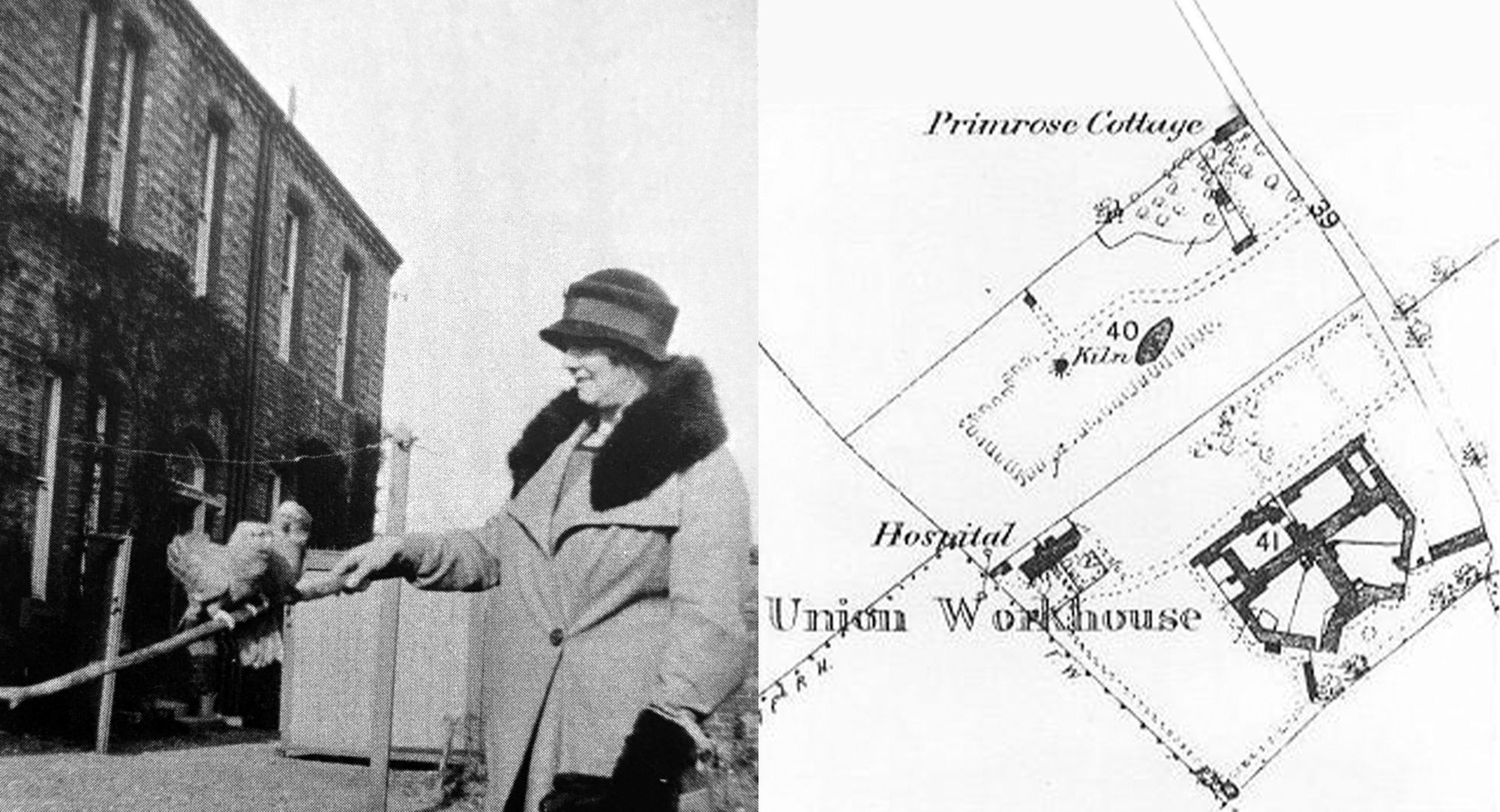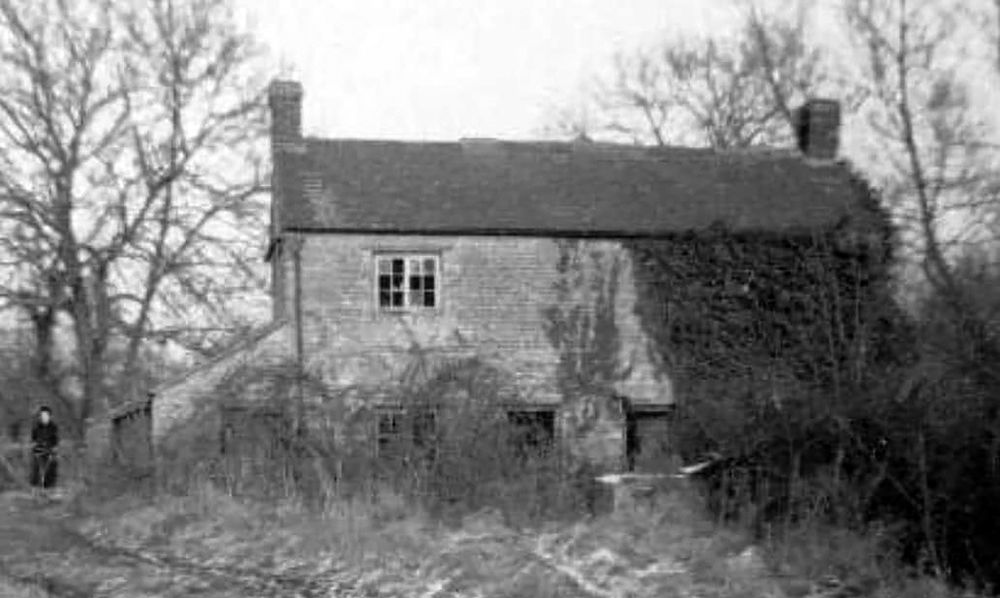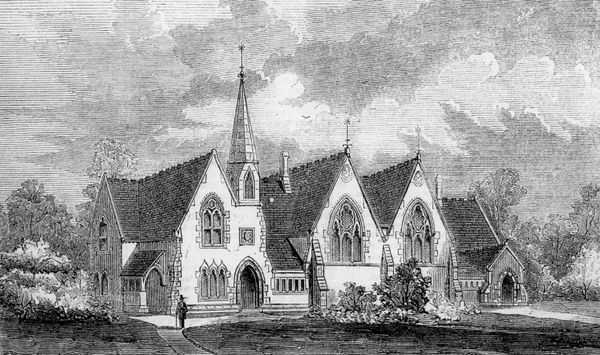Smallpox in Bicester
In the minute book of the Bicester Board of Guardians it records that at a meeting of the Guardians on 28th August 1863 it was reported that smallpox had broken out in Bicester Market End and that the Pest House was full of patients. This Pest House, on Jarvis Lane, was originally built as two cottages, they were used as a replacement for the original Pest House (that had been built in 1752 but was sold in 1847 when the railway was planned to be built across the site) and couldn’t cope with any great number of occupants.
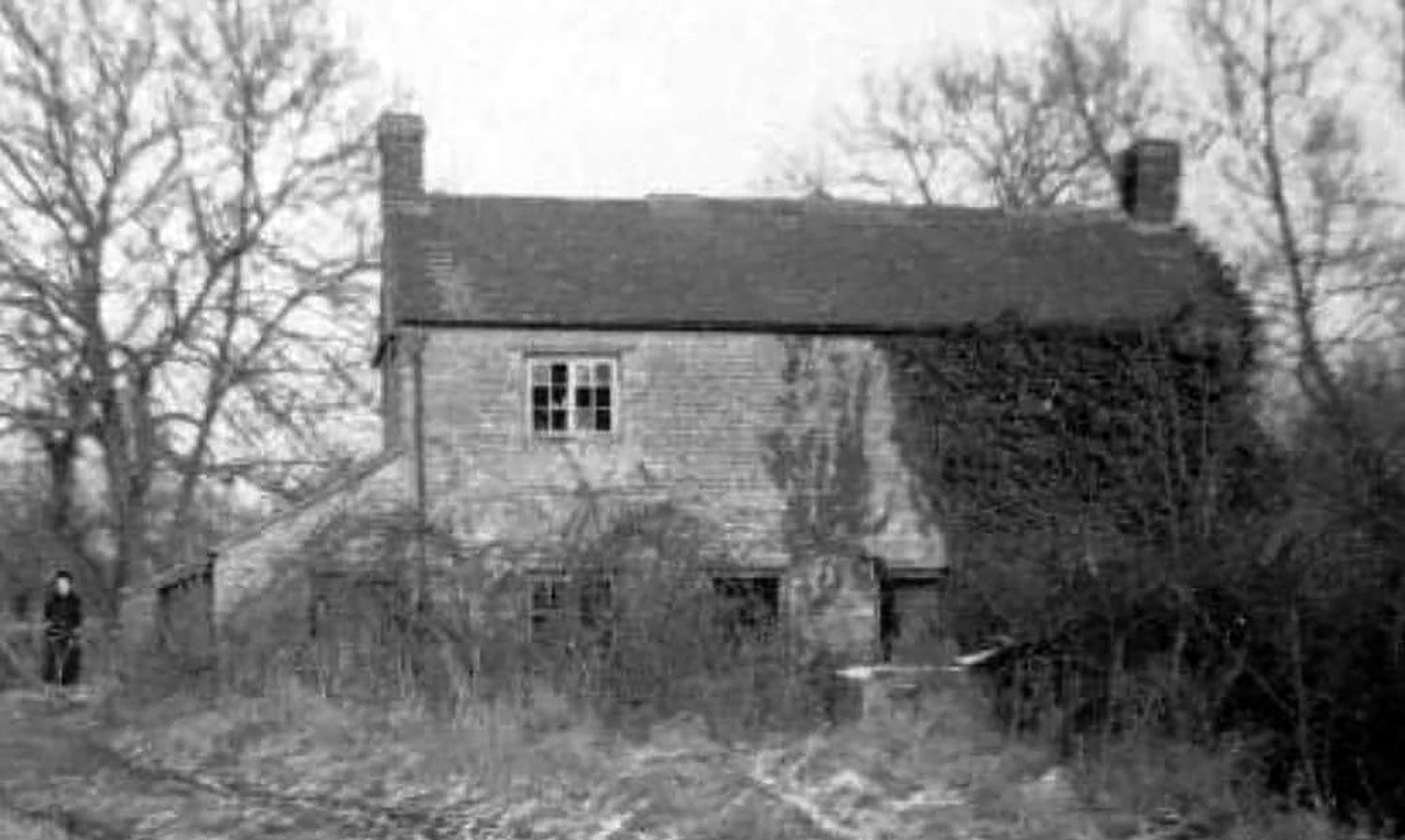
As the outbreak was expected to spread, the Board of Guardians gave permission for other accommodation to be rented, or a tent purchased. After much enquiry by the Clerk, the only building which was offered to the Board was a hovel and cowhouse belonging to Mr Jonas Paxton. The Medical Officers for Bicester, Mr Murchison and Mr Dawson, decided it was totally unsuitable. Instead, they suggested that the £600 the Board had received from the Buckinghamshire Railway Company for the sale of the original Pest House should be used to provide a proper Pest House for Bicester to house smallpox cases.
Apparently, nothing more was done about procuring additional accommodation for sufferers, which caused much concern to the Parish Officers of Bicester Market End, and at a Vestry meeting in January 1864 they decided to write to the Guardians suggesting that steps should be taken immediately to accommodate smallpox patients in temporary quarters at the Workhouse and that permanent accommodation should eventually be provided for contagious diseases. This letter seems to have quickly stirred the Guardians into action, and the Clerk was empowered to take any necessary steps to provide temporary accommodation.
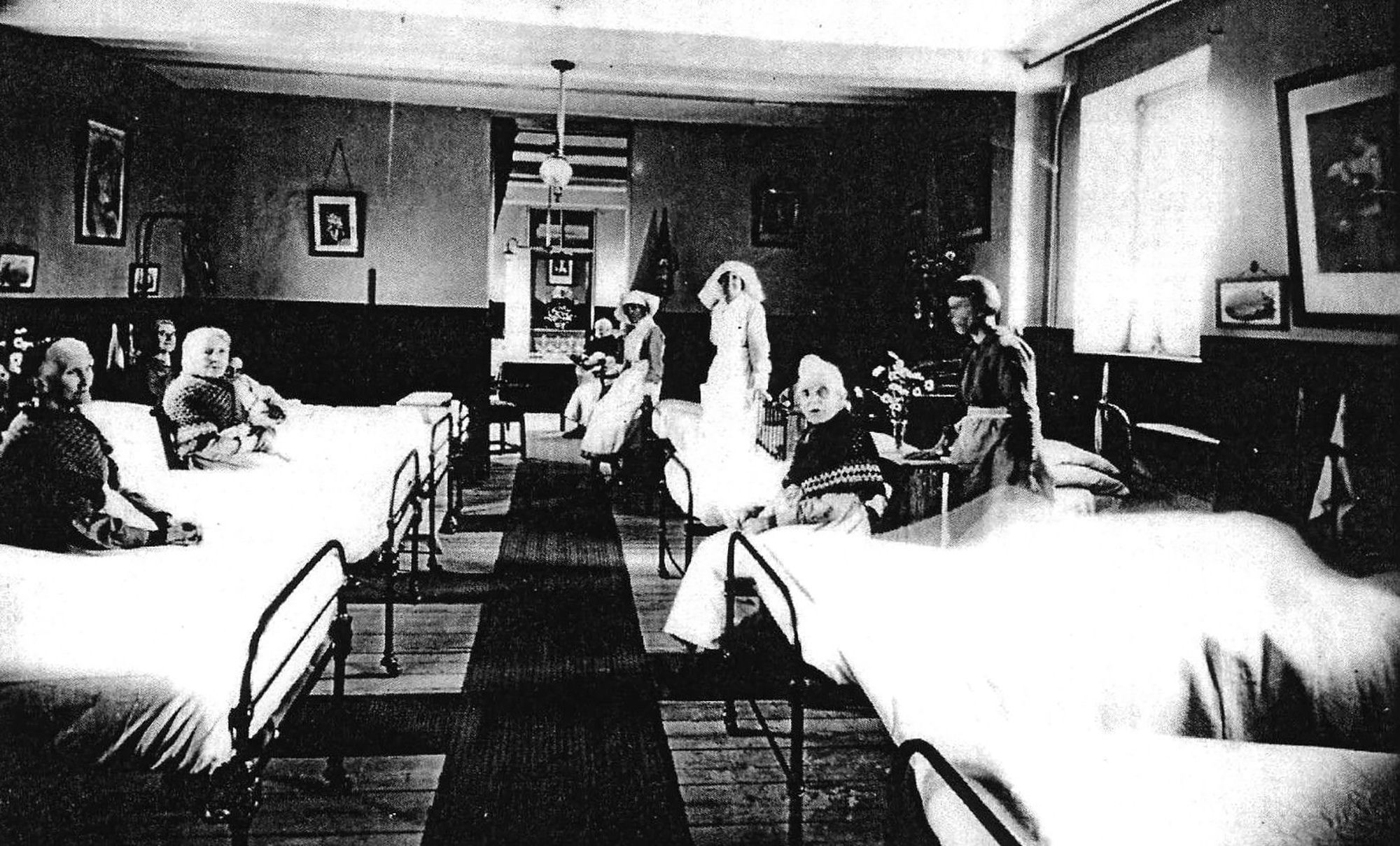
A month later, on 5th February, the Clerk reported that the only success he had achieved was the offer of a farmhouse by a Mr Smith, who stipulated that he would require £100 compensation, and the house to be thoroughly cleansed, papered, painted, and the drains disinfected, when done with; and a house provided (presumably for the existing tenants) during the time the farmhouse was occupied and during its restoration. The Board declined the offer. There was a limit, apparently, to the price the Board was prepared to pay for the comfort, treatment, and even the lives of the pauper patients.
There were, however, three Guardians who championed the cause of the suffering poor. Mr Fowler proposed that a committee be appointed to consider means of preventing the spread of contagious diseases in the Bicester Union, and that arrangements be made for the better accommodation of paupers suffering from such diseases. This was seconded by Mr Baker. But an amendment that such a committee should not be appointed was proposed by Rev. Pretyman and seconded by Rev. W. Dry. The amendment was carried by 14 votes to three, and so the smallpox suffers were left to exist or die (as many did), in the overcrowded pest house.
Smallpox continued to be a problem for many years though, particularly around Crockwell. Cases of typhoid and scarlet fever were also on the rise, and by 1872 the Guardians finally agreed that the Pest House was no longer adequate. An Isolation Hospital was proposed to be built next to the Workhouse. This was built a few years later and consisted of three wards, one specifically for typhoid and one for scarlet fever. This, together with the infirmary within the Workhouse, remained the only place of medical treatment available to the poor of the Bicester Union for many years.
